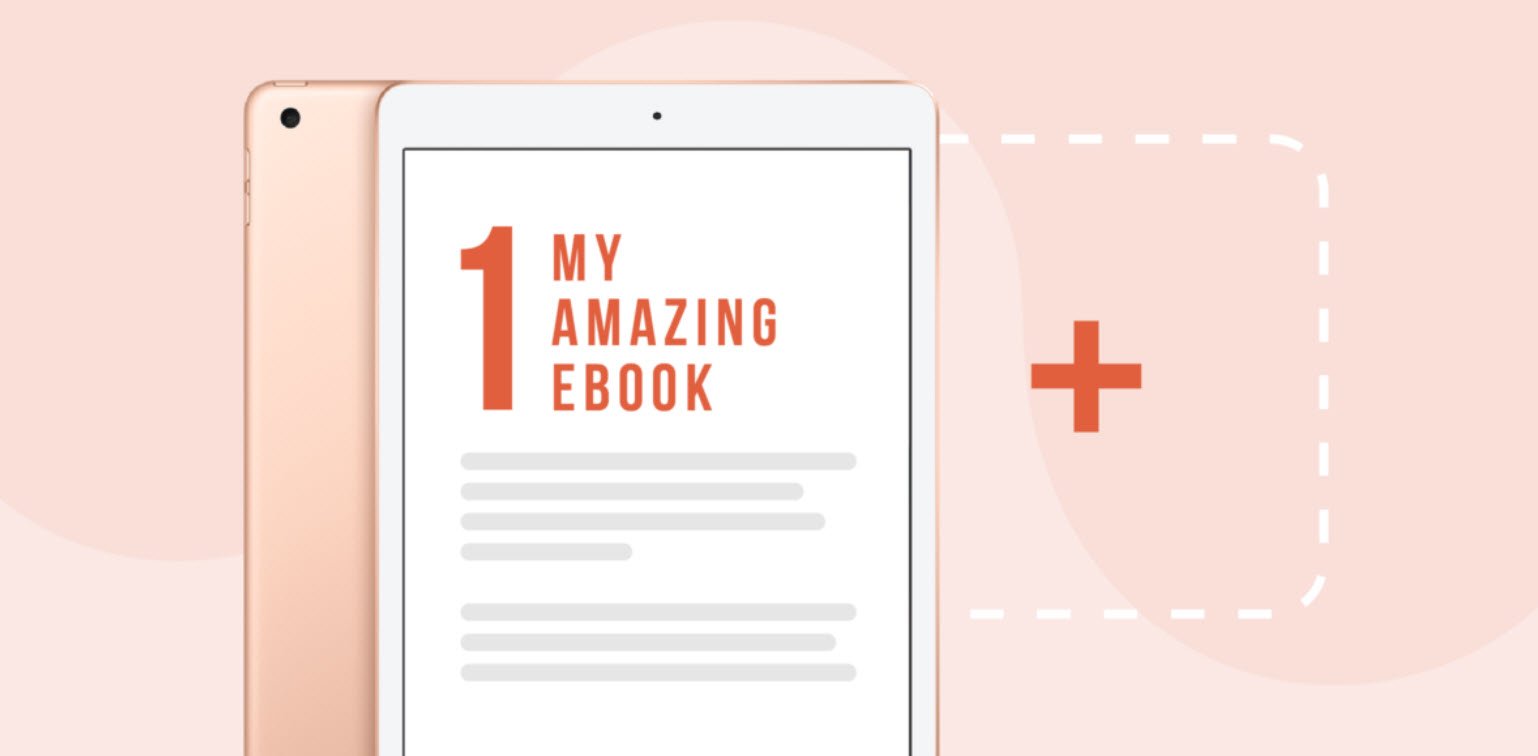
Ebooks have become a popular and accessible medium for sharing information, knowledge, and stories. Whether you’re creating an instructional guide, a novel, or a compilation of insights, ensuring your ebook is well-structured is vital for a positive reader experience.
Here are eight essential elements to include in your ebook:
1. Splash Page
The splash page serves as the cover of your ebook. It’s the first visual impression readers get, so make it captivating and reflective of the content within. Include relevant images, title, and author information to entice your audience.
2. Copyright and Disclaimer
Clearly outline the user license for your ebook. Specify whether it can be freely distributed or if copying requires written permission from the author. Use this section to communicate guarantees or disclaimers, providing transparency to readers regarding the intended use of the material.
3. Introduction
Introduce yourself to your readers in the introduction. Share a brief overview of who you are and the purpose of the ebook. This is also an opportunity to acknowledge any credits due and set the tone for what readers can expect.
4. Table of Contents
Provide a well-organized table of contents that lists all the chapters along with their respective page numbers. This navigational aid helps readers quickly locate specific sections or chapters, enhancing the overall usability of your ebook.
5. Body
The body is the main content of your ebook, comprising all the chapters. Ensure that each chapter is logically organized, flows smoothly, and delivers the information or narrative effectively. Use formatting tools to enhance readability, such as headings, subheadings, and bullet points.
6. Closing
Conclude your ebook with a closing section within the body. Summarize key points, reinforce the main message, and provide a sense of closure. This is also an opportunity to express gratitude to your readers and invite them to connect further.
7. Resources
Direct your readers to additional resources where they can delve deeper into the subject matter. Include references to other books, magazines, websites, or any relevant materials that can complement their learning or reading experience.
8. Index/Glossary
While optional, an index or glossary can be valuable for readers seeking quick references or explanations of terms used throughout the ebook. This section enhances the usability of your ebook and ensures that readers can easily navigate and comprehend the content.
By incorporating these essential elements into your ebook, you create a well-rounded and reader-friendly document. A thoughtfully structured ebook not only enhances the user experience but also establishes your work as a valuable resource in the digital landscape.








